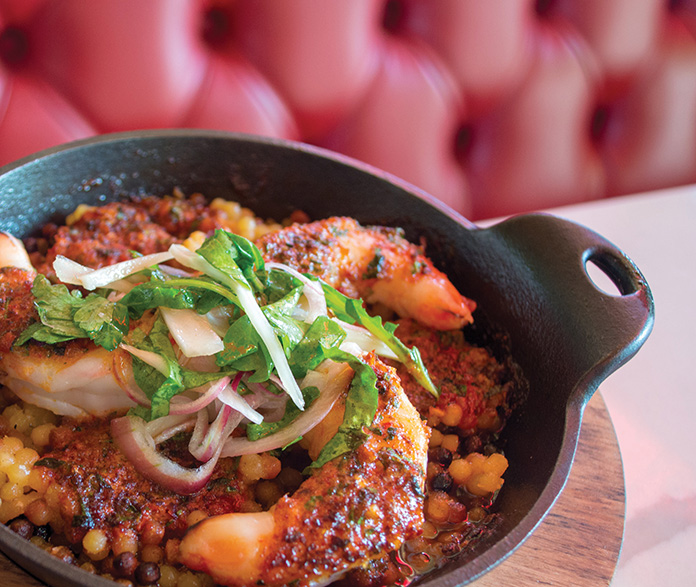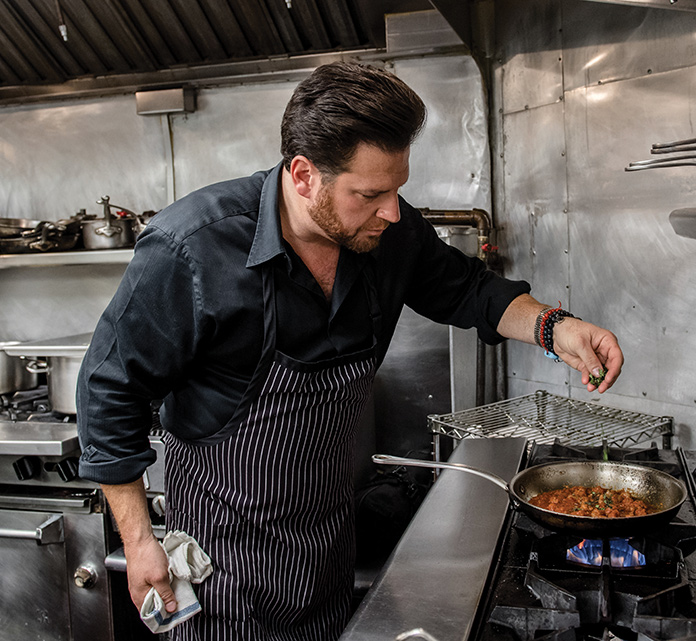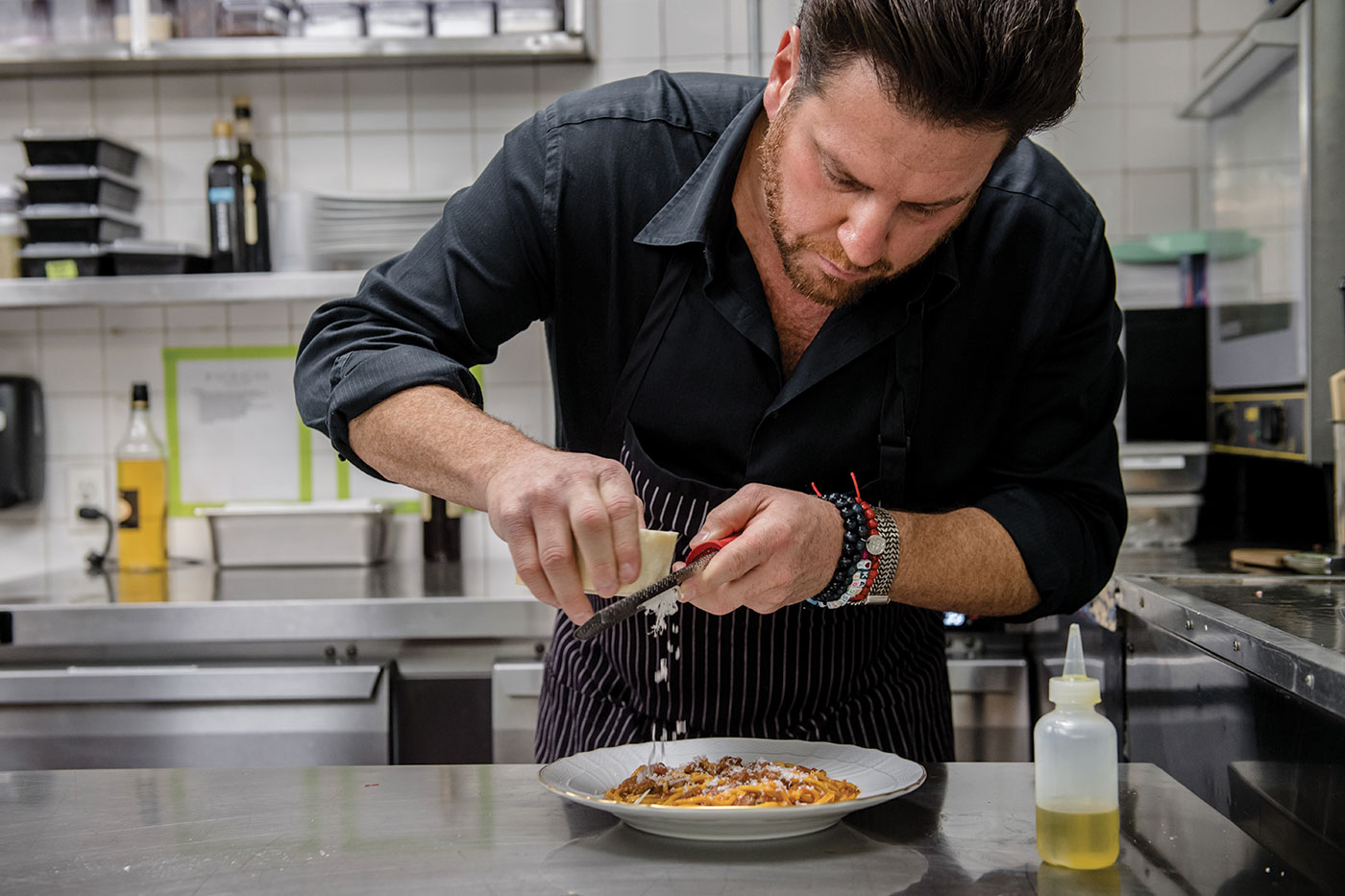There are few things sweeter than an Italian grandmother cooking a pot of fresh cavatelli for her loved ones in the Tuscan countryside. Picture: a table filled with family and friends, laughter, olive oil and a local guanciale (aka cured meat).
For Scott Conant, best-selling cookbook author, judge on Food Network’s Chopped, and owner of four upscale Italian restaurants, this familiar vision from his own childhood represents the foundation of quality cooking. From braising meat to boiling pasta, he believes that the key to elevating Italian cooking is in the basics. This is his best advice for taking your cooking to the next level.
Learn the Foundation
According to Conant, a good nonna’s cooking has multiple layers and a soulful, long-lasting quality that fills up your palate. “The last thing you add to a dish is usually the first thing that you taste, and then it goes backwards from there,” he says, emphasizing the importance of the “soffritto,” or foundation. “If you don’t have the foundation in place, it’s really hard to identify something to stand on to lift you up,” he says. That’s why it’s so important to truly understand those commodities of the Italian kitchen—searing, roasting, mixing vinaigrettes, even boiling pasta. “You really should learn how to do these things the way an Italian grandmother would do it. And then you can evolve and move forward from there,” Conant advises.
Stock Your Kitchen
In addition to the basics (extra virgin olive oil, crushed red pepper, sea salt, garlic and pasta), Conant always keeps a few extra staples in the refrigerator—like bottarga, guanciale, or “a good salume.” These special ingredients, which can sit in waiting for a few weeks, are often the next step in elevating a simple dish—once you master the basics, of course. “Maybe that spaghetti aglio e olio is a starting point for what becomes a
spaghetti with clams,” he says, “or spaghetti with shrimp. [But] you have to know how to make a spaghetti aglio e olio before you know how to make a spaghetti with clams or a seafood pasta,” he says.

Know Your Oils
Extra virgin olive oil is widely considered the highest quality variety with the most robust flavor, and Conant almost always cooks with it. The exceptions: searing meat and mixing a
vinaigrette. In the case of the former, extra virgin olive oil will likely darken and lose its
flavor, while just the opposite may happen in a vinaigrette. “Straight extra virgin olive could be overwhelming for the rest of your vinaigrette,” he says, “so cut that with another oil that has a neutral flavor profile.” That could be avocado, sunflower, canola, or even melted brown butter.
Salt the Water
When boiling pasta, Conant says it is “shocking” how many people don’t put salt in the water first. “It sounds simple and it sounds pretty basic, but you should add enough salt to the water that it tastes like broth,” he says, advocating for a handful or even more. “It’s a lot, but you’re not consuming all that salt. You’re seasoning.”
Utilize Mother Nature
When it comes to vegetables, Conant recommends roasting over boiling. Not only does this allow for a tasty seasoning and caramelization, it’s also a way to be more health-conscious.
If you’re roasting carrots, for example, he suggests washing them well but keeping the skin on. “That’s all nutrients. There’s no reason to boil them in water and cook all the nutrients out,” he says.

Avoid Shortcuts
“Make sure that you follow through on the technique,” says Conant. “If it says in a recipe to sear the steak well, really get that pan nice and hot.” Doing otherwise may save a few seconds, but it comes at the expense of flavor (in this case, caramelization). Says Conant: “Just having a broiled piece of meat is very different from having something that’s been seared off precisely and braised for an extended period of time at a low temperature inside of a heavily flavored liquid. Make sure that you sear that steak really well because everything means something in the end.”




